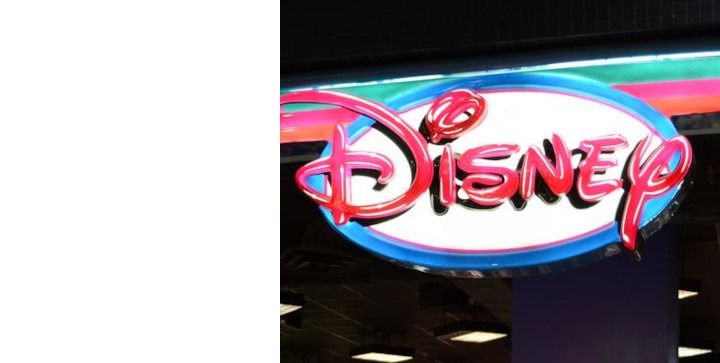The diversity industry functions more like a religious cult than a group of professional associations. It has a rigid core set of beliefs, and deviations from them are not welcome. Worse, the application of those beliefs often results in discrimination. It may strive for some degree of demographic diversity, but the most important expression of diversity of them all, namely diversity of thought, is not countenanced. Indeed, it is subject to punitive measures.
Disney is one of the nation’s premier exponents of diversity. As such, it is not a coincidence that it has been hit with a federal civil rights complaint alleging discrimination.
America First Legal, ably led by former Trump administration official Stephen Miller, contends that Disney “knowingly and intentionally” discriminates in its diversity, equity and inclusion policy.
“Disney maintains multiple programs that facilitate the limiting, segregating, or classifying of employees or applicants for employment and new business in ways that would deprive or tend to deprive, white, male, or heterosexual individuals of employment, training, or promotions because of their race, color, sex, or national origin.”
Disney says it bases its policy on norms adopted by the Academy of Motion Picture Arts and Sciences and the British Film Institute. These organizations focus on what they call “underrepresented groups.” Who are they?
- African American/Black/African and/or Caribbean descent
- East Asian (including Chinese, Japanese, Korean, and Mongolian)
- Hispanic or Latina/e/o/x
- Indigenous Peoples (including Native American/Alaskan Native)
- Middle Easterner/North African
- Pacific Islander
- South Asian (including Bangladeshi, Bhutanese, Indian, Nepali, Pakistani, and Sri Lankan)
- Southeast Asian (including Burmese, Cambodian, Filipino, Hmong, Indonesian, Laotian, Malaysian, Mien, Singaporean, Thai, and Vietnamese)
- LGBTQ+
- People with cognitive or physical disabilities, or who are deaf or hard of hearing
There was no mention of the blind or dwarfs.
Nor was there any mention of Catholics or Protestants, yet everyone knows that, beginning in the late 1960s, Hollywood has produced a slew of Christian bashing movies, many of which have been chronicled by the Catholic League (prior to the late 1960s, Hollywood showed no signs of bigotry against Christians).
Why, then, in the name of diversity, does Hollywood—and Disney, in particular—not mention Christians?
Disney has a post on its website called “Belong.” Under the banner of “Our Diversity & Inclusion Journey,” it says, “Our focus and intent encourages people from every nation, race/ethnicity, belief, gender, sexual identity, disability and culture to feel respected and valued for their unique contributions to our businesses (my italics).”
Why was the term “belief” used and not “religion”? By saying people from every “culture” are to be respected, wouldn’t that mean religious people—religion is the heart of any culture—and wouldn’t that include Christians? Why the reticence?
In its “Community—Disney Social Responsibility” Statement, it lauds the Muslim Public Affairs Council Hollywood Bureau and the ADL, a Jewish anti-defamation organization. Why are no Catholic or Protestant civil rights groups mentioned?
Disney also aligns itself with Tanenbaum; it is a consulting group that deals with religious discrimination. Tanenbaum says its mission, in part, is to tackle “religious bullying of students [and] harassment” in the workplace. What about religious students who are bullied? There is no shortage of examples. Why are they treated as if they are only the victimizers?
In the name of inclusion, Disney practices some of the most exclusionary policies imaginable. There seems to be a place at the table for just about everyone, save for Christians. Not until it breaks out of its cult-like cocoon, will Disney mature and stop excluding Catholics and Protestants (especially evangelicals).
Contact Disney’s communications chief: Kristina.Schake@disney.com







